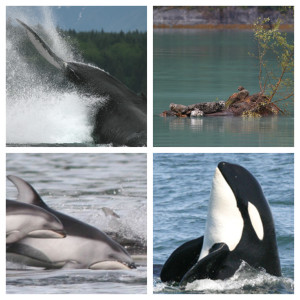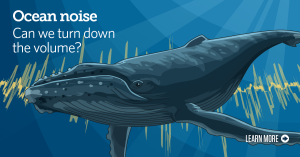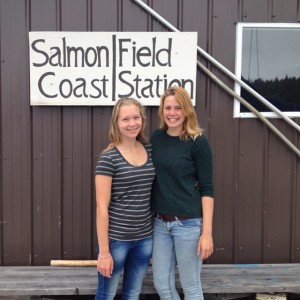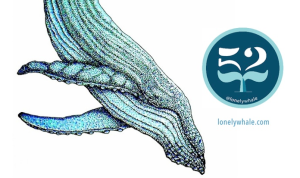
Sound is as important to marine mammals as vision is to us.
Our new research, published open access in Marine Pollution Bulletin, has mapped areas that are important to 10 marine mammal species in BC, and overlaid those maps with maps of chronic ocean noise from shipping. Most studies of this kind focus on the problems: where we still have a lot of work to do to make noisy areas quieter.
This new paper identifies opportunity sites — places that have lots of wildlife but very little ship traffic. We don’t want to minimize the serious, hard work needed to make noisy areas quieter, but our #oceanoptimism paper notes that there are places that give us hope. All we have to do is keep the quiet areas quiet.
The next steps are up to managers and policy makers, but there are many things we can do NOW to keep quiet areas quiet. We can do that by asking ships to slow down through important marine mammal habitats, just like we ask drivers to slow down through school zones. As ships slow down, they become quieter. We could identify the noisiest ships, and find financial incentives to replace those noisy ships as fleets age. Our colleague, Russell Leaper, has figured out that focusing on the noisiest 10% of ships will generate outsize returns. Finally, we could discuss incentives for Canada’s shipbuilding industry to take advantage of recent technological developments in building quieter ships.
For now, our main point is a simple one: Haida Gwaii and British Columbia’s north coast are blessed with important marine mammal habitats that are still quiet. We think of wild, quiet oceans as a valuable natural resource, and Canada is a steward of quiet oceans that are becoming increasingly rare in the developed world.
UPDATE: Check out a nice interpretation of this study from Mongabay.





